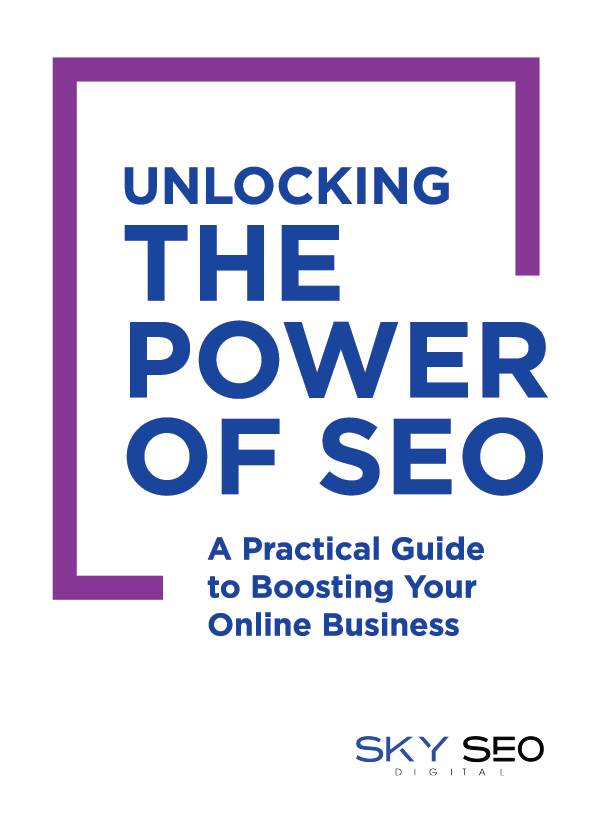Content migration is the process of moving digital content from one system or platform to another. It’s a critical task that requires careful planning, execution, and monitoring. A successful content migration can improve website performance, enhance user experience, and increase engagement. In contrast, a poorly executed content migration can result in lost content, broken links, and a negative impact on SEO. In this post, we will discuss the five essential steps for a successful content migration.
Step 1: Conduct a Content Audit
The first step in any content migration process is to conduct a thorough content audit. This involves identifying all the content on your current website or platform, including pages, posts, images, and videos. You should also consider any metadata associated with your content, such as page titles, descriptions, and keywords.
The content audit serves two purposes. First, it helps you identify any redundant or outdated content that can be removed or consolidated. Second, it provides a clear picture of the scope and complexity of the migration, allowing you to plan and allocate resources accordingly.
Step 2: Develop a Migration Strategy
Once you have conducted a content audit, the next step is to develop a migration strategy. This involves identifying the goals of the migration, the target platform, and the timeline for completion. You should also consider any technical requirements, such as the need to map URLs or redirect traffic.
During this stage, it’s essential to involve key stakeholders in the planning process. This includes content creators, web developers, and SEO specialists. You should also consider the impact of the migration on your users and develop a communication plan to inform them of any changes or disruptions.
Step 3: Prepare Your Content for Migration
The third step in the content migration process is to prepare your content for migration. This involves ensuring that all content is compatible with the target platform and that any metadata is correctly formatted. You should also consider any technical requirements, such as the need to resize images or compress videos.
During this stage, it’s essential to maintain the integrity of your content. You should avoid making any significant changes to the content or structure of your pages, as this can negatively impact SEO and user experience. Instead, focus on optimizing your content for the target platform and ensuring that it’s easy to navigate and access.
Step 4: Execute the Migration
The fourth step in the content migration process is to execute the migration. This involves transferring your content to the target platform and ensuring that it’s functioning correctly. You should also monitor the migration process carefully, identifying and addressing any issues that arise.
During this stage, it’s essential to be patient and thorough. Content migration can be a complex and time-consuming process, so it’s crucial to take the time to ensure that everything is working correctly. You should also have a backup plan in case of any unexpected issues or disruptions.
Step 5: Monitor and Optimize
The final step in the content migration process is to monitor and optimize your content. This involves tracking your website performance, identifying any issues or errors, and making improvements where necessary. You should also consider the impact of the migration on your SEO and adjust your strategy accordingly.
During this stage, it’s essential to be proactive and responsive. You should continually monitor your website performance, identify any areas for improvement, and make changes where necessary. You should also solicit feedback from your users and make adjustments based on their needs and preferences.
Ensure Success
Content migration is a critical process that can have a significant impact on your website performance, user experience, and SEO. By following these five essential steps, you can ensure a successful and efficient migration, minimizing the risk of errors or disruptions. Remember to involve key stakeholders in the planning process, maintain the integrity of your content, and monitor your website performance carefully. With the right strategy and approach, content migration can be a smooth and seamless process that enhances your online presence and delivers a better experience for your users.









